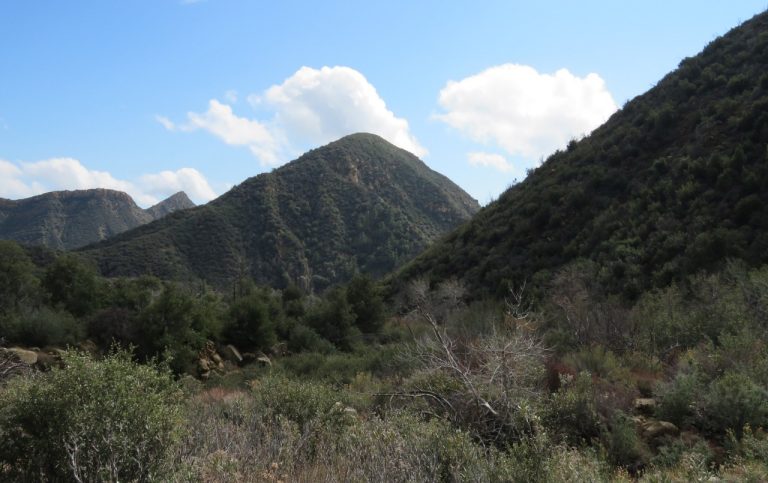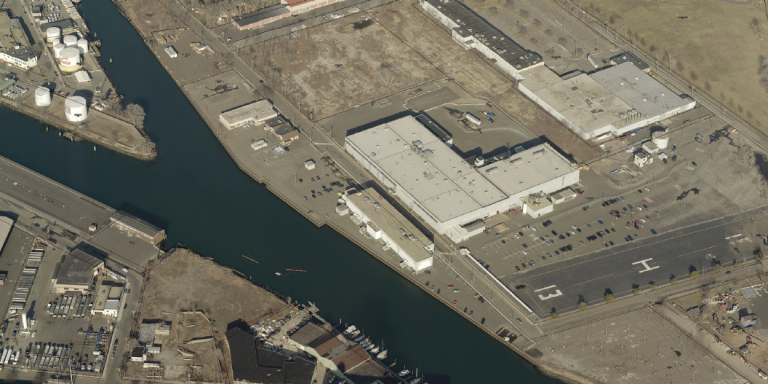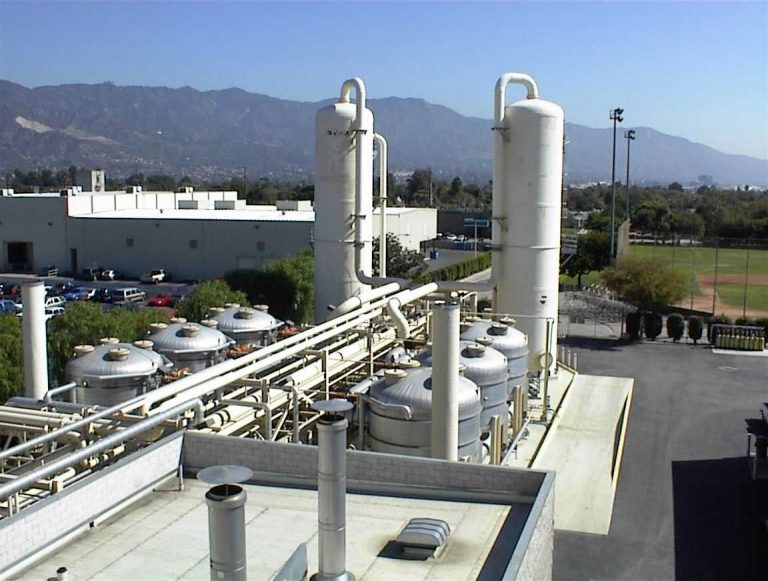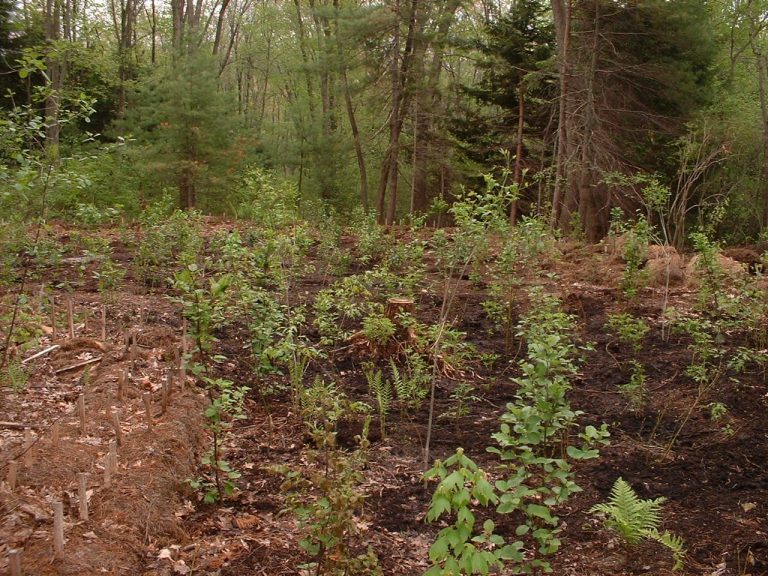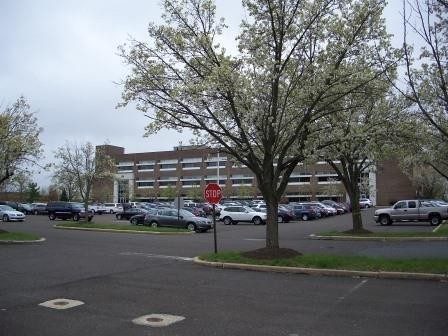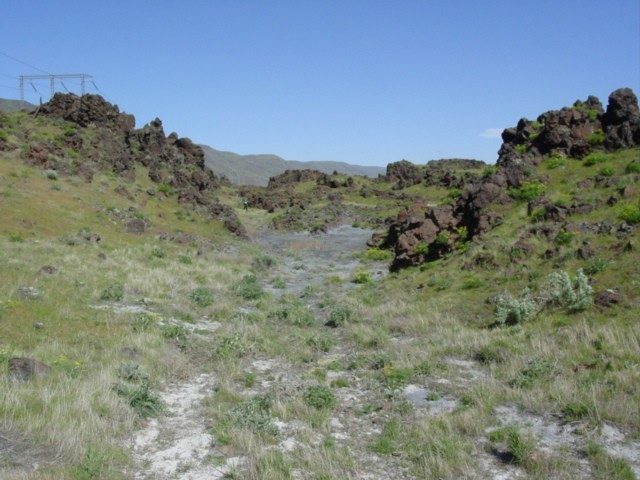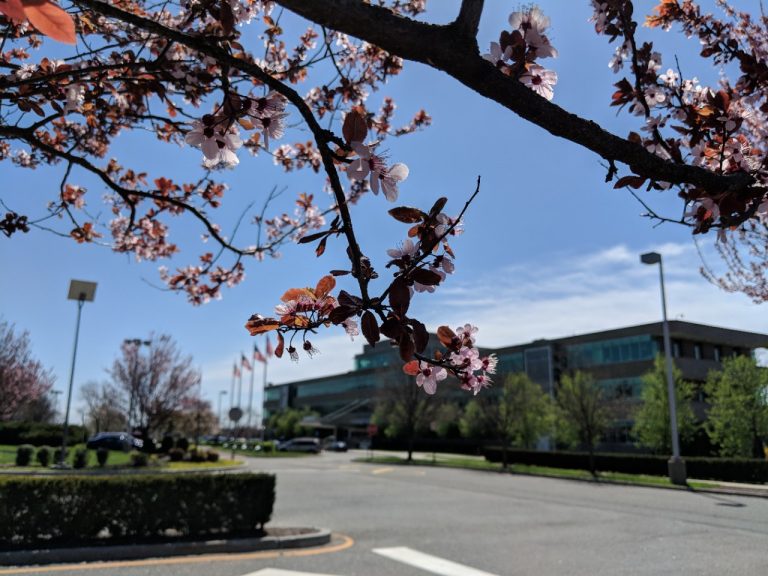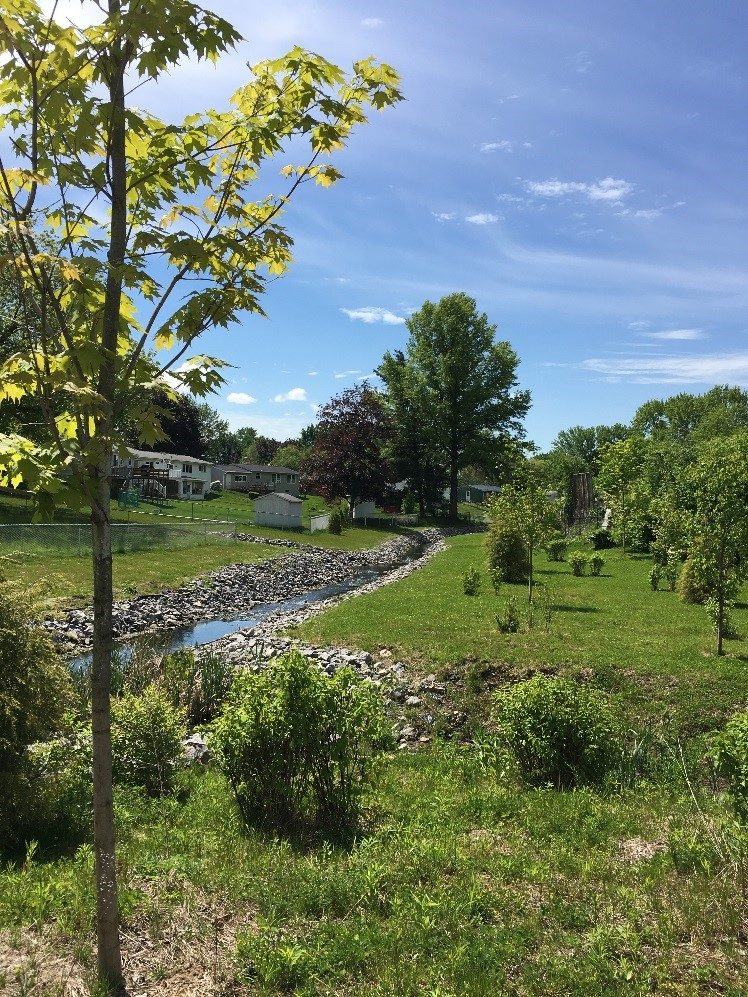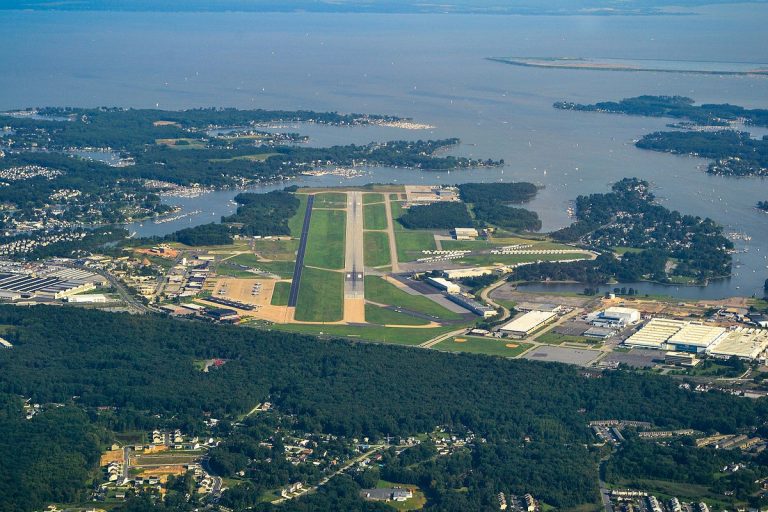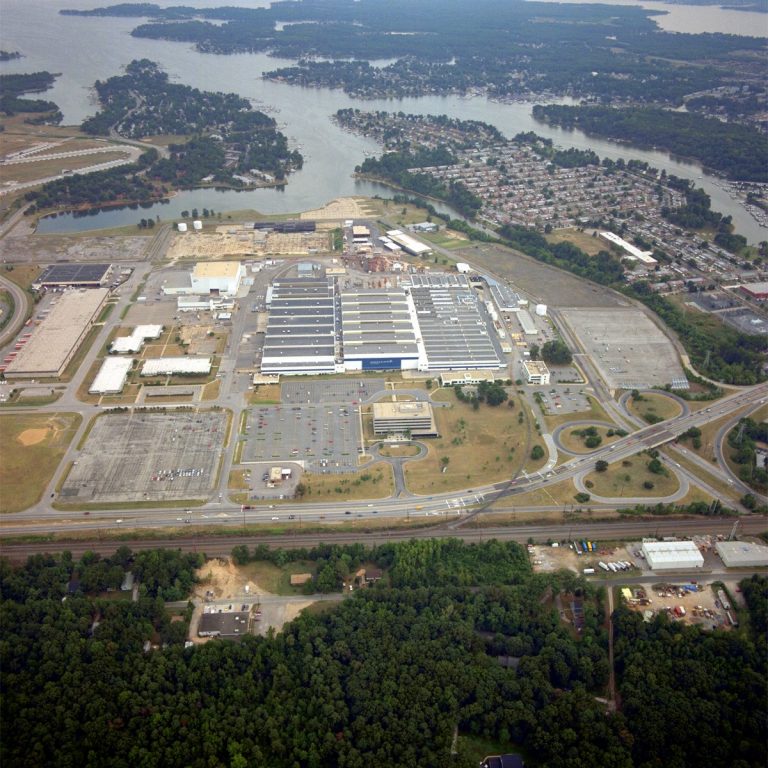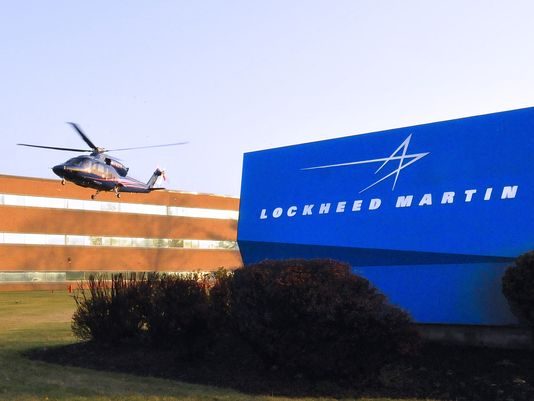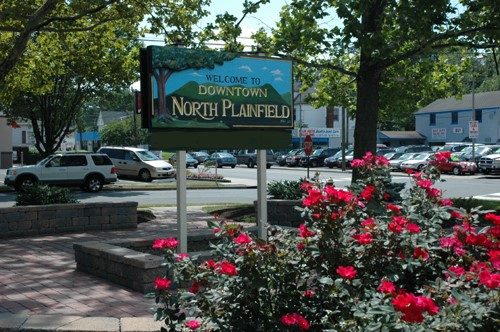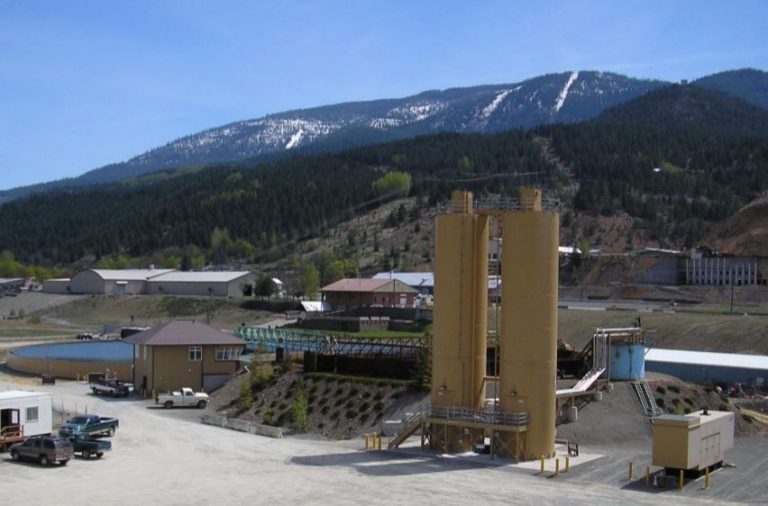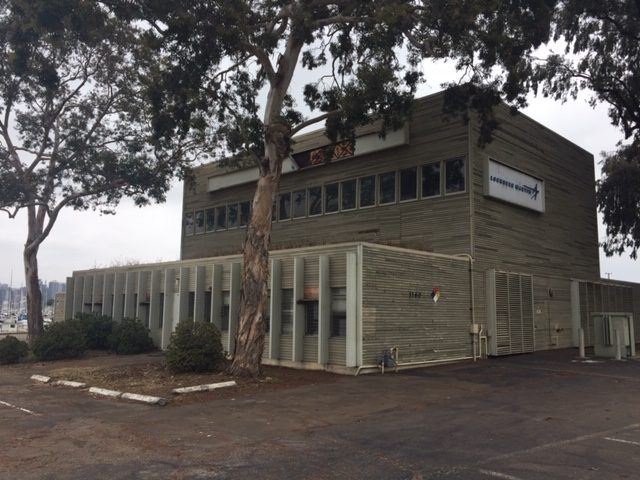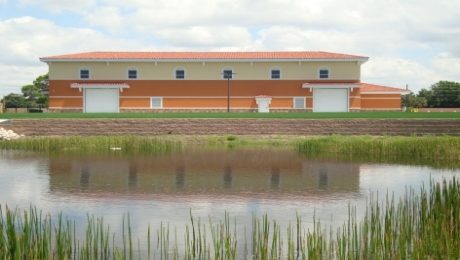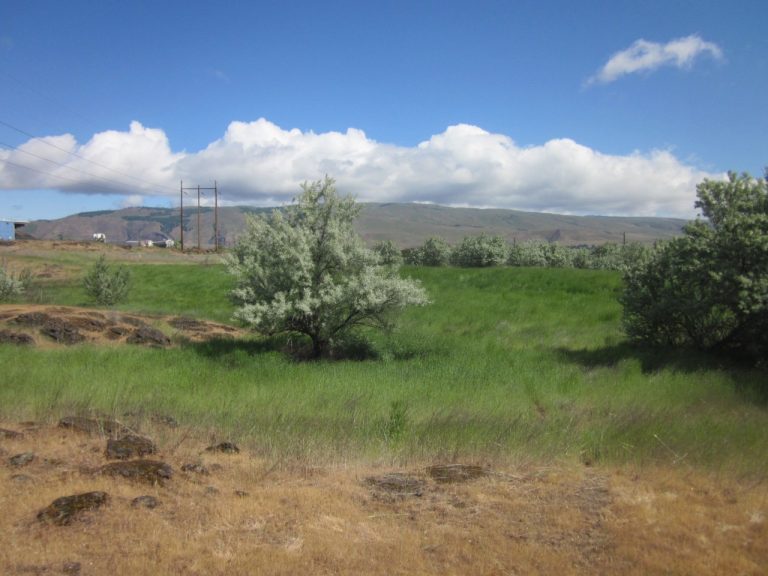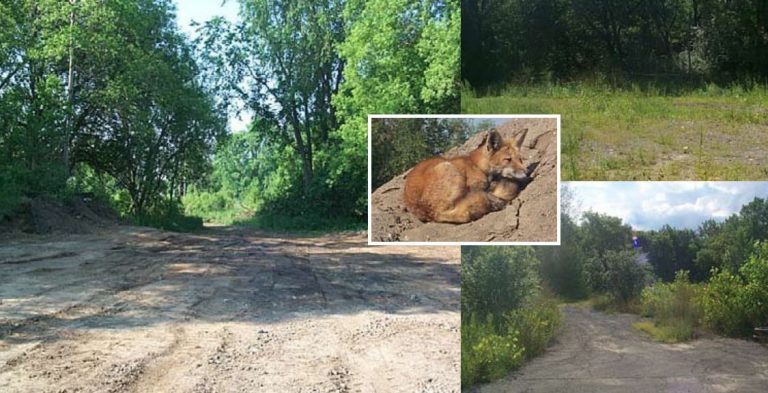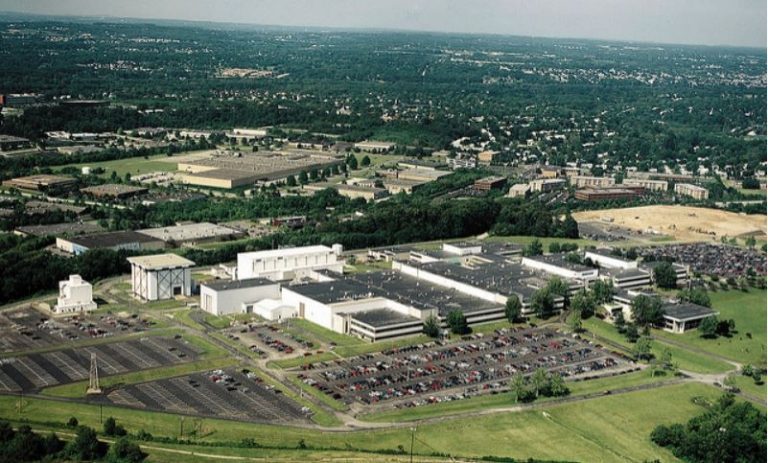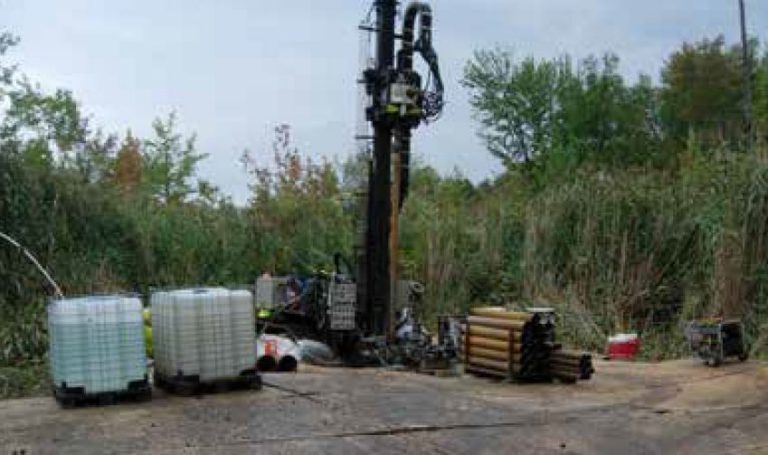Remediation
With heritage operations dating back to the early 20th century, Lockheed Martin has built its success on long-standing innovation and business excellence as well as strategic acquisitions. Some of our operations conducted over the years, although compliant with relevant laws at the time, resulted in soil or groundwater contamination. Where remedial actions are warranted, Lockheed Martin works collaboratively with regulatory agencies and the communities to remedy the effect of the contamination.
Active Remediation Sites
Home to two Lockheed Martin heritage company sites: Potrero Canyon and Laborde Canyon.Both locations used to produce and test solid rocket propellant and motors in the 1960s and early 1970s. Potrero C
Since 1995 the Sikorsky Aircraft Company, now owned by Lockheed Martin, has occupied a 36-acre site at 1210 South Avenue, Bridgeport, CT that sits on a portion of a peninsula between Cedar Creek and Long Island Sound.
At a former aircraft-manufacturing complex that operated for more than 60 years, Lockheed Martin works closely with the City of Burbank and U.S. EPA to ensure the operation
Prior to 1995, a Lockheed Martin heritage company produced and tested electronics on a 158-acre site at what is now 1 Network Drive in Burlington, Massachussetts.
This site was home to one of Lockheed Martin acquisition companies that had satellite development and manufacturing operations from 1957 to 1998.
In 1971, Martin Marietta — which later merged with Lockheed to form Lockheed Martin Corporation — purchased the Harvey Aluminum plant several miles south of Goldendale, Washington.
As a result of historical operations, there are contaminants present at the site in the groundwater, soil, sediments and soil vapor.
Remediation of the Bloody Brook Voluntary Cleanup Site is complete. The work began at the most upstream portion of the site (the wooded area near the NYS Thruway) in 2014 and was completed in spring 2017.
Located on 750 acres of waterfront property in Middle River, Md., the Glenn L. Martin State Airport is operated as a general aviation facility by the Maryland Aviation Administration (MAA).
In 1928, Glenn L. Martin, an early pioneer in aircraft manufacturing and the founder of the Glenn L. Martin Company, a Lockheed Martin heritage company, purchased land in Middle River, Maryland.
The facility located at 199 Borton Landing Road in Moorestown, NJ opened in 1954. Originally a vegetable farm, the land was purchased and converted into a manufacturing site by RCA.
In 1953, Stavid Engineering built an 80-acre industrial site that sits in the boroughs of Watchung and North Plainfield, N.J. Lockheed Corporation, a predecessor to Lockheed Martin Corporation.
From 1954 to 1974, Lockheed Propulsion Company, a forerunner to Lockheed Martin, operated a 500-acre rocket motor production facility at 1500 Crafton Avenue, Mentone, California.
Harbor Island – East Basin: Former Tow Basin and Marine Terminal and Railway San Diego, California
The Lockheed Martin Groundwater Treatment Facility, formerly the Loral American Beryllium Company (ABC) site, is situated on slightly more than five acres in Tallevast, Florida.
The City of The Dalles, Oregon, is situated in the north-central part of the state on the Columbia River, the nation's second largest river.
From the early 1950s through 1993, the General Electric Company (GE) manufactured, assembled and tested electrical components for the defense and aerospace industries at the French Road facility in Ut
The Lockheed Martin campus in Valley Forge, PA, has been an industrial property since the early 1960s.
From 1970 to 1989, GE Aerospace, a Lockheed Martin heritage company, operated its Aerospace Instruments Control Systems Department.




